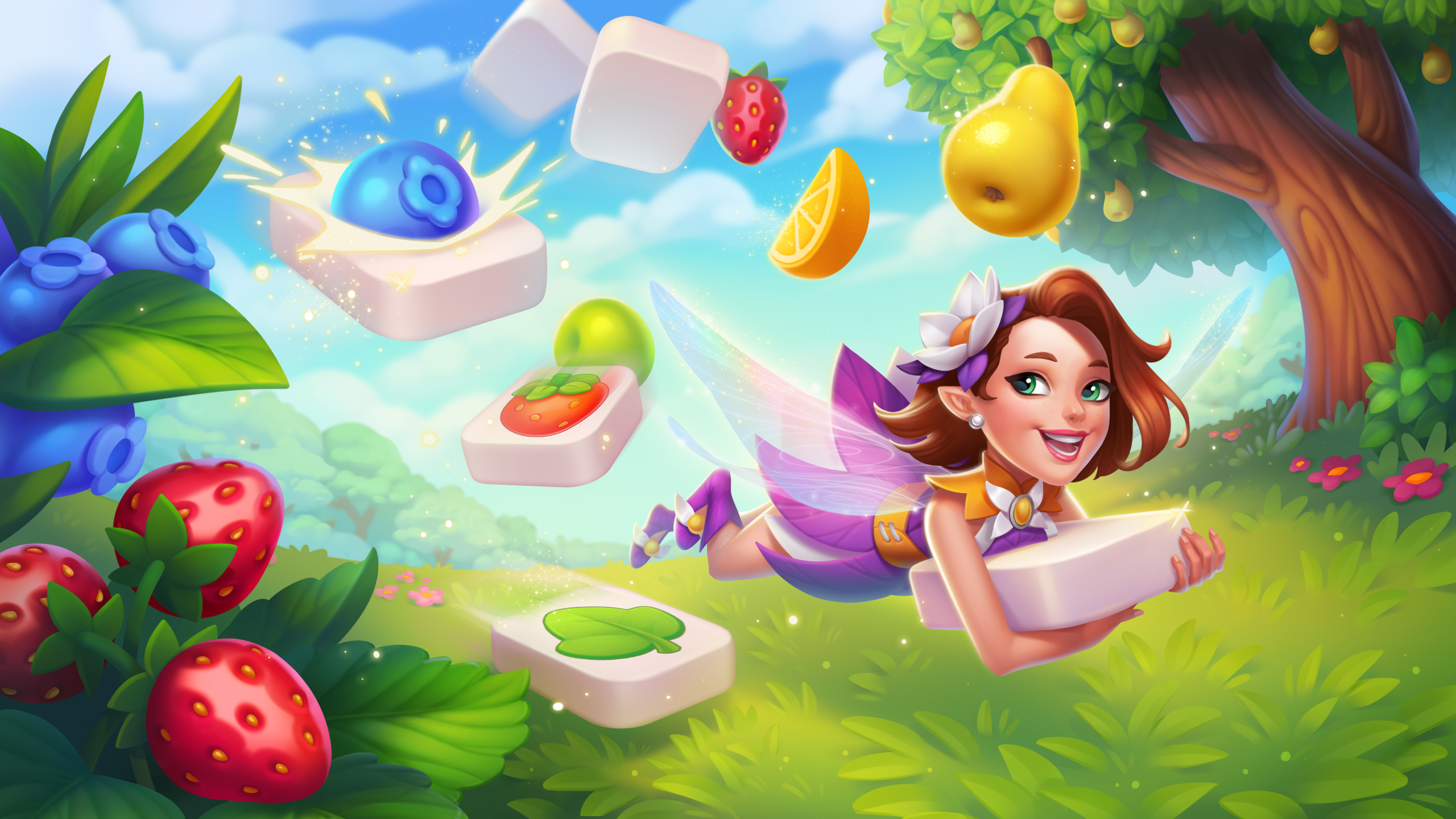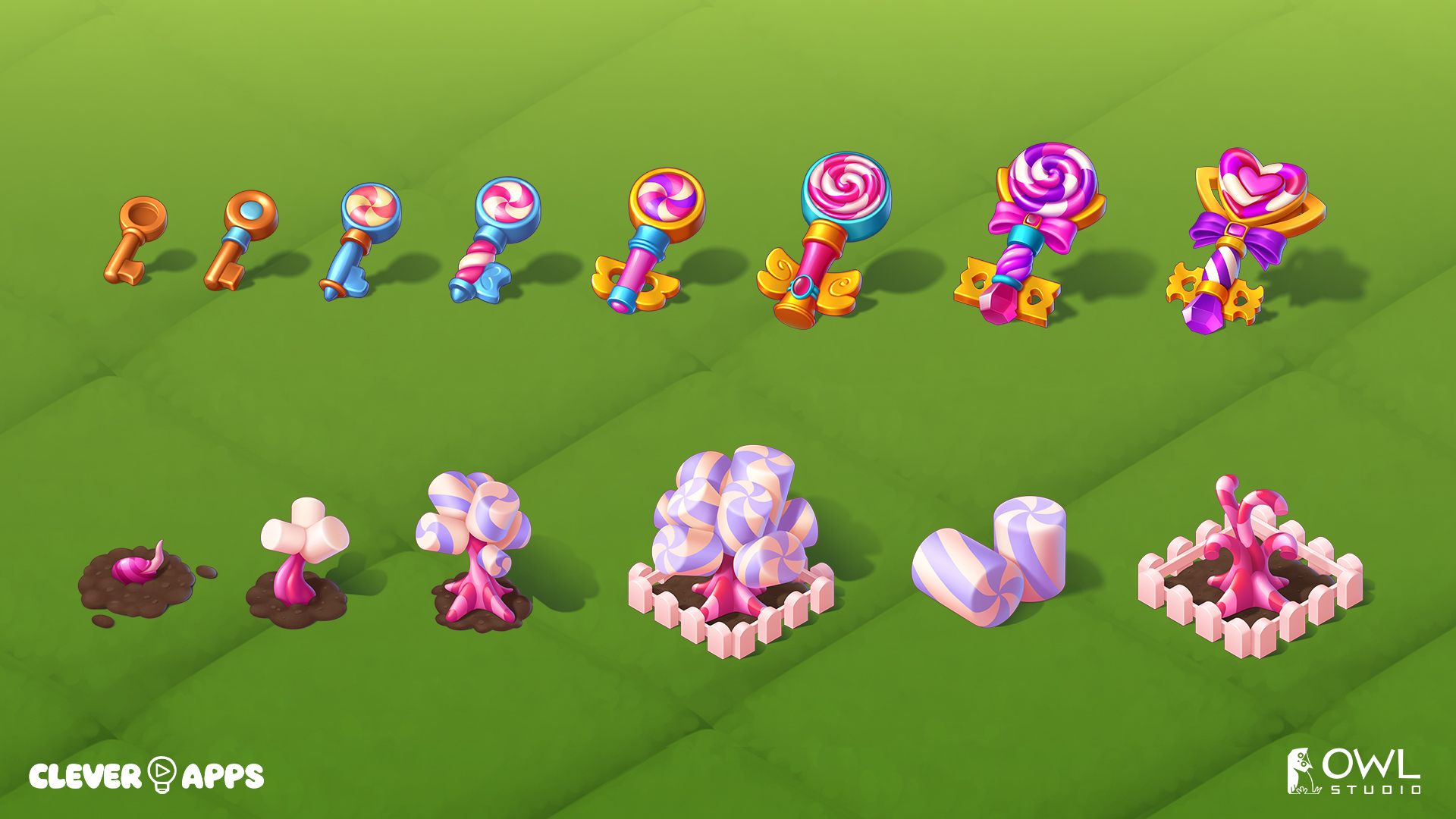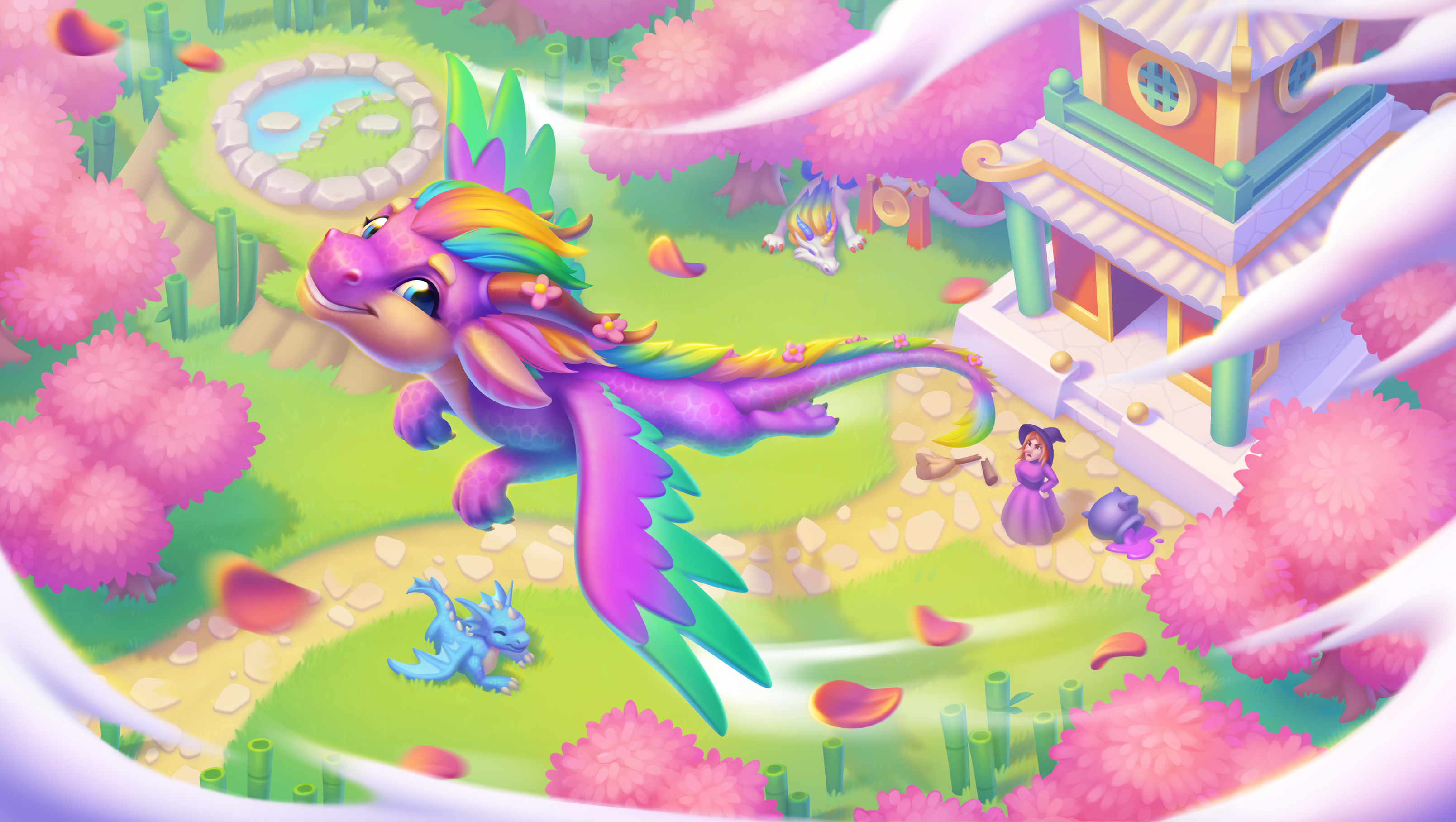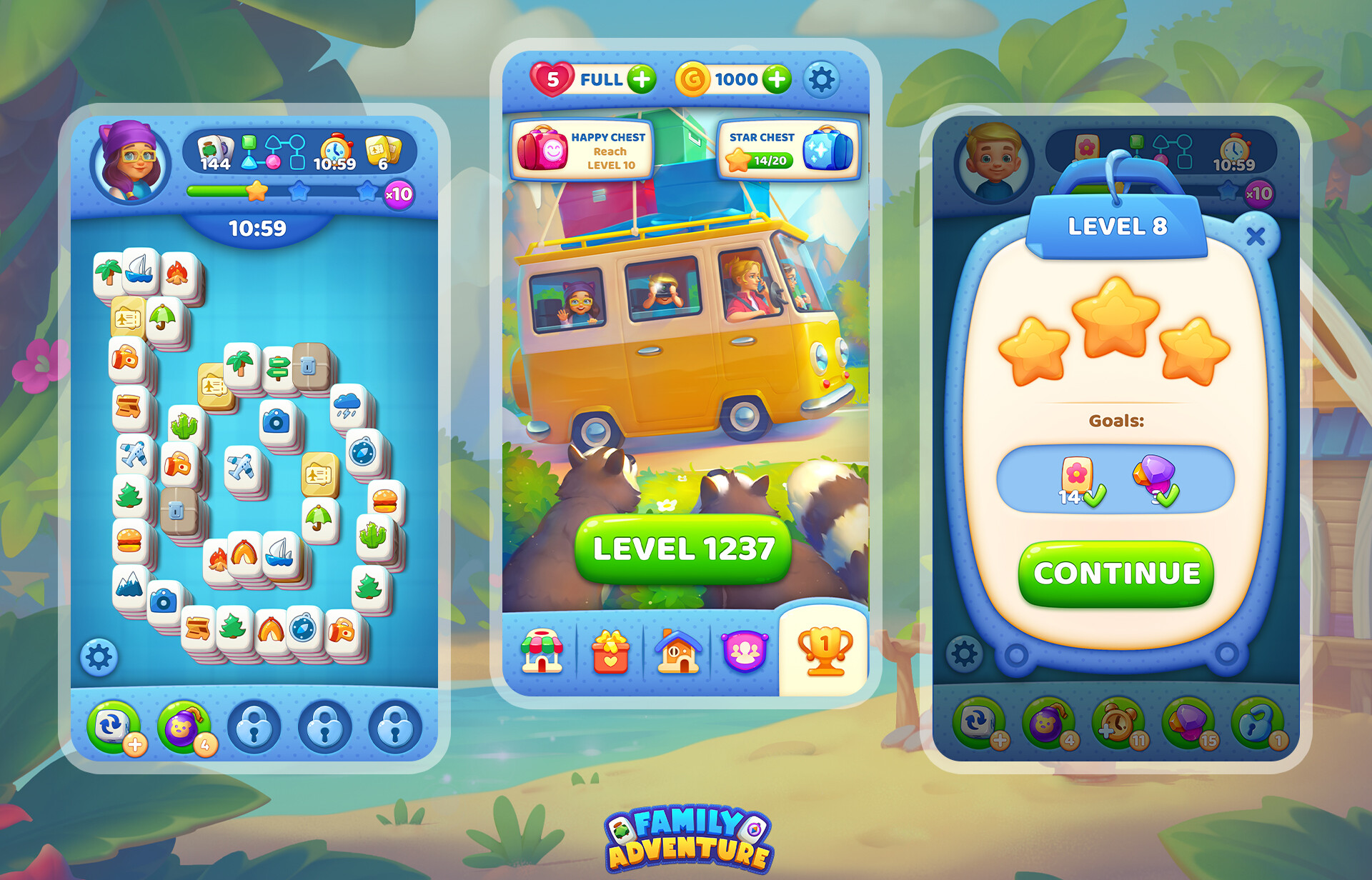We continue to wrap up the year 2024 with gaming (or gaming industry-related) teams. Next up is an interview with Vera Velichko, the CEO of the outsourcing company OWL studio.
How has this year been for the company? What achievements would you like to highlight?
This year has been pleasantly challenging for us. Growing pains are always welcomed. The years 2022-2023 were difficult for us; we had to contract significantly, but this year, the flow resumed, and we have grown fourfold. Of course, there were scaling issues: we had to (and still have to) sift through a huge number of candidates. We have a constant need for artists, requiring occasional heroic management efforts to keep from being overwhelmed. But “how to handle the demand” are pleasant troubles, even when it involves sleepless nights. It's far more preferable than “where to find clients.”
In terms of achievements, we have streamlined and updated the studio's social media, focused on LinkedIn, and increased our turnover by 4-5 times compared to last year. We have narrowed our focus to a more specific niche (previously, we did a bit of everything, but now almost all graphics in the studio are high-quality 2D graphics for mobile games, casual and semi-realism) and have established large-scale production within it (collection cards, merge objects, sets for isometric locations, story locations “before/after,” story illustrations, characters, etc.).
Perhaps the most significant internal achievement this year is the creation of a ready project management template, into which such production can be loaded to obtain large volumes of graphics with the needed quality on time.
In your opinion, how has the situation in the game outsourcing market changed?
Honestly, I'm not entirely sure what exactly happened. There was no opportunity to dive deep into analytics, and surface-level research didn't provide answers. But somewhere around late spring or early summer, it felt like something happened in the industry, and people started flocking to develop mobile games. It's like that video where something falls in a cat shelter, and all the cats start zooming around the room, knocking everything over, except for one cat sitting by the window, slightly crouching, and just watching with interest.
Several old clients returned to us, including one that closed a project at the end of 2023 and reopened it, bringing in another at the start of 2024. New clients also came in, with significant volumes.
As far as I can tell from personal conversations with colleagues in outsourcing, this isn't a local “black swan;” a similar situation is observed in other companies. Another indirect sign that it's a widespread phenomenon is that artists have started being headhunted, whereas in 2023 even good specialists could go months without work.
What requests do developers most frequently approach you with currently?
Nearly all the requests we are dealing with now are for casual and semi-realistic graphics for puzzle games with an extensive meta. By the way, the integration of AI has not created a wow effect. So far, artificial intelligence is like in that joke:
— Who are you?
— I'm a junior! I will grant you three wishes, but poorly.
In some areas, AI helps save time on rendering, and it's more convenient to draft terms of reference and make initial visualizations with it, but primarily we continue to work manually because otherwise, the desired quality and predictability cannot be ensured.
There were many inquiries for graphics for visual novels, but none progressed beyond cost estimations. Recently, there's been a growing interest in games on Telegram; we've already had several such requests.
The separate story is the interface; we now consistently have at least one project purely working on interfaces. Since UI-UX is still a rare specialization, we've encountered situations where clients developed everything in-house except for interfaces.






